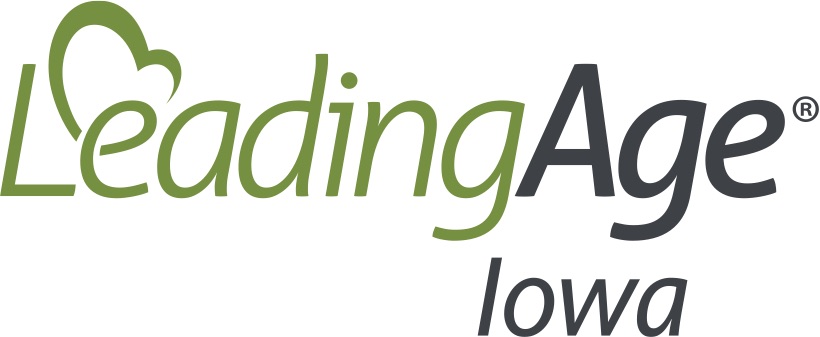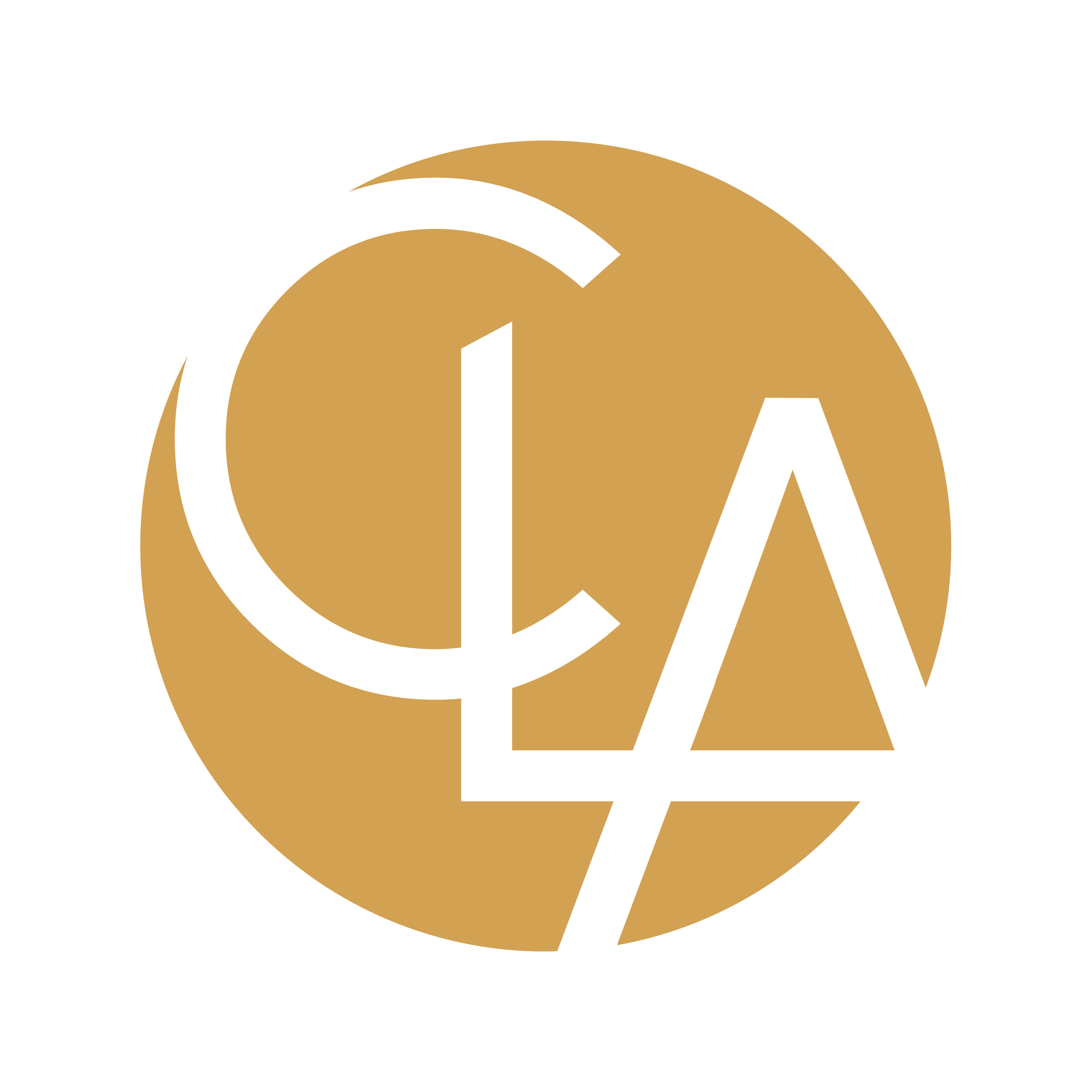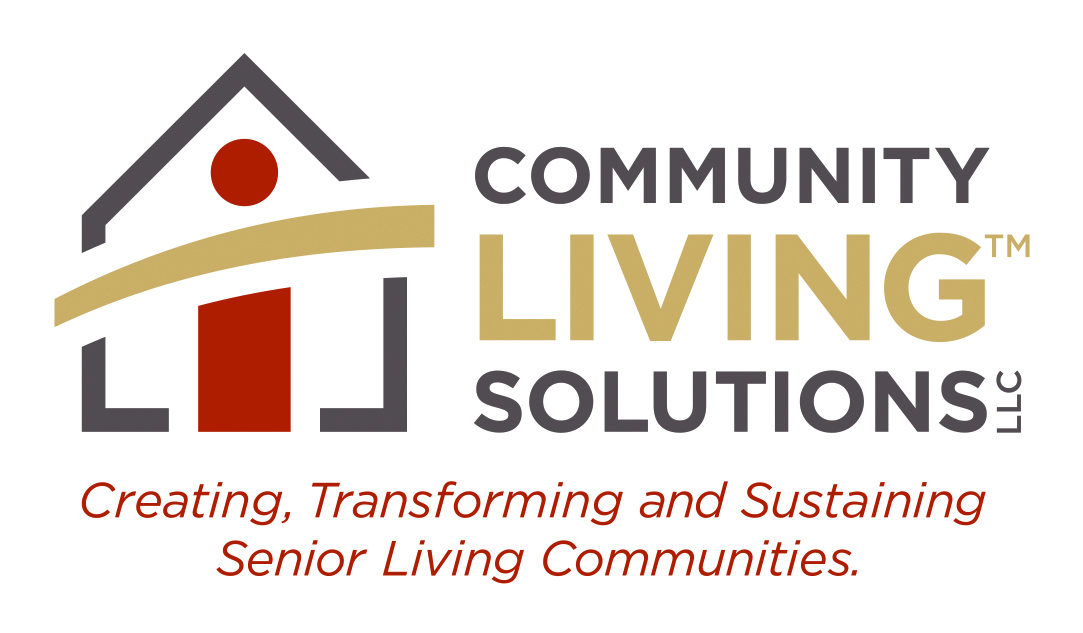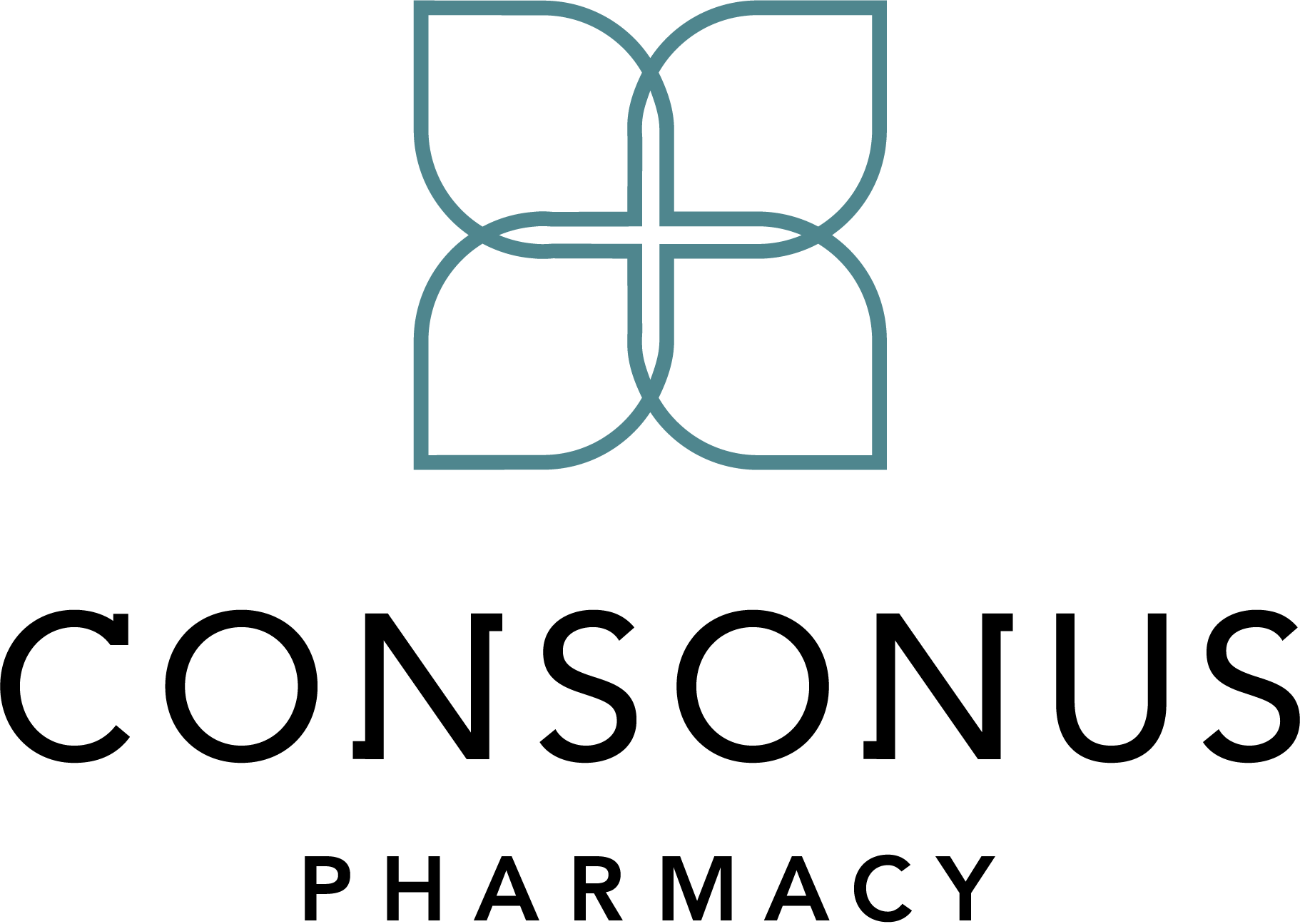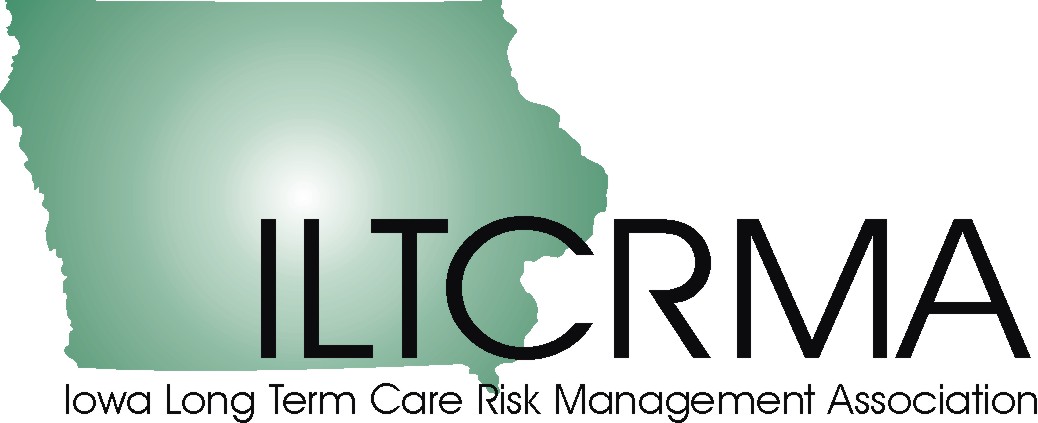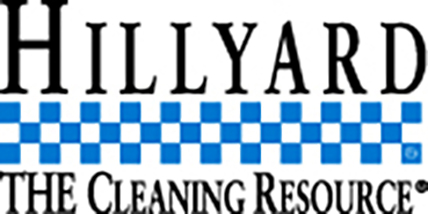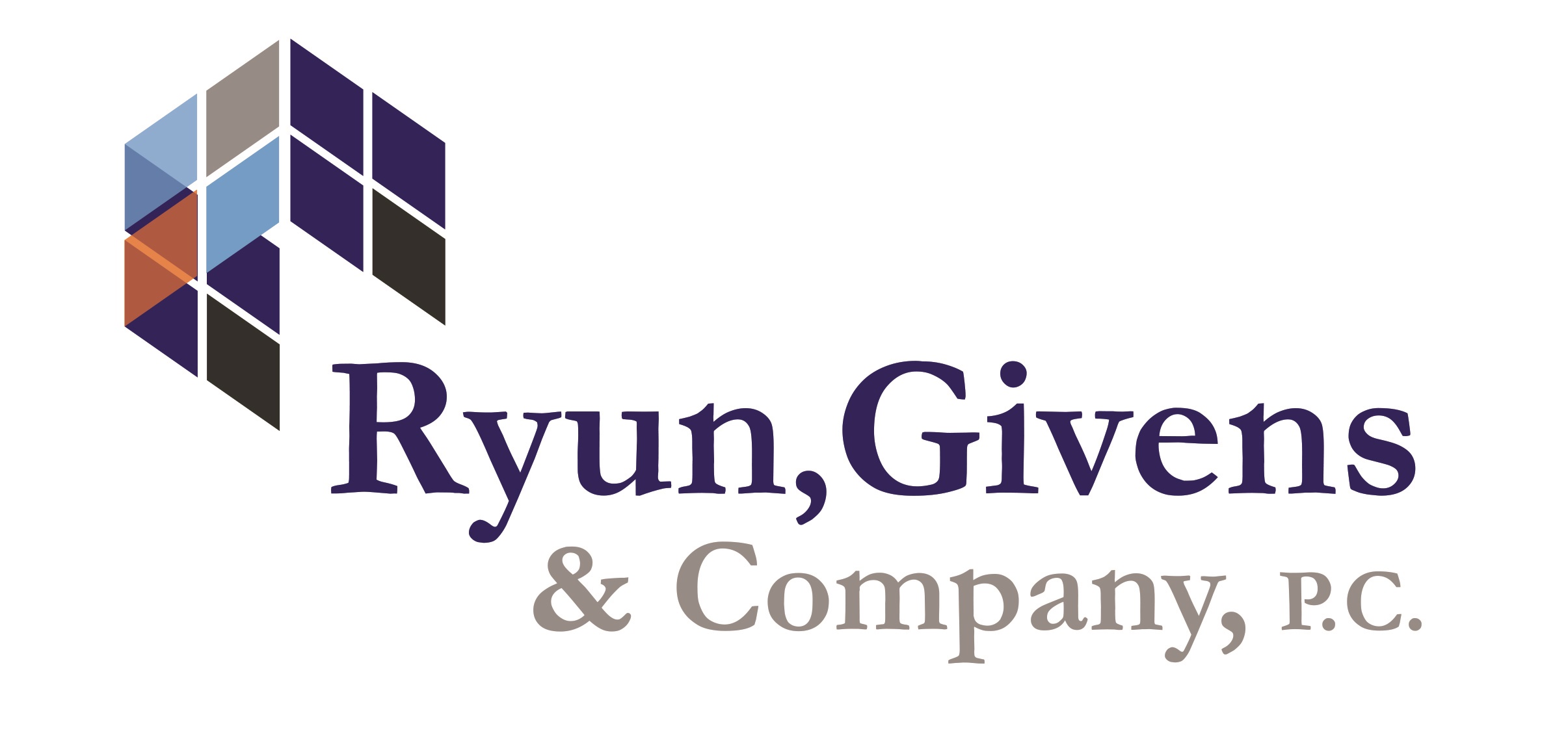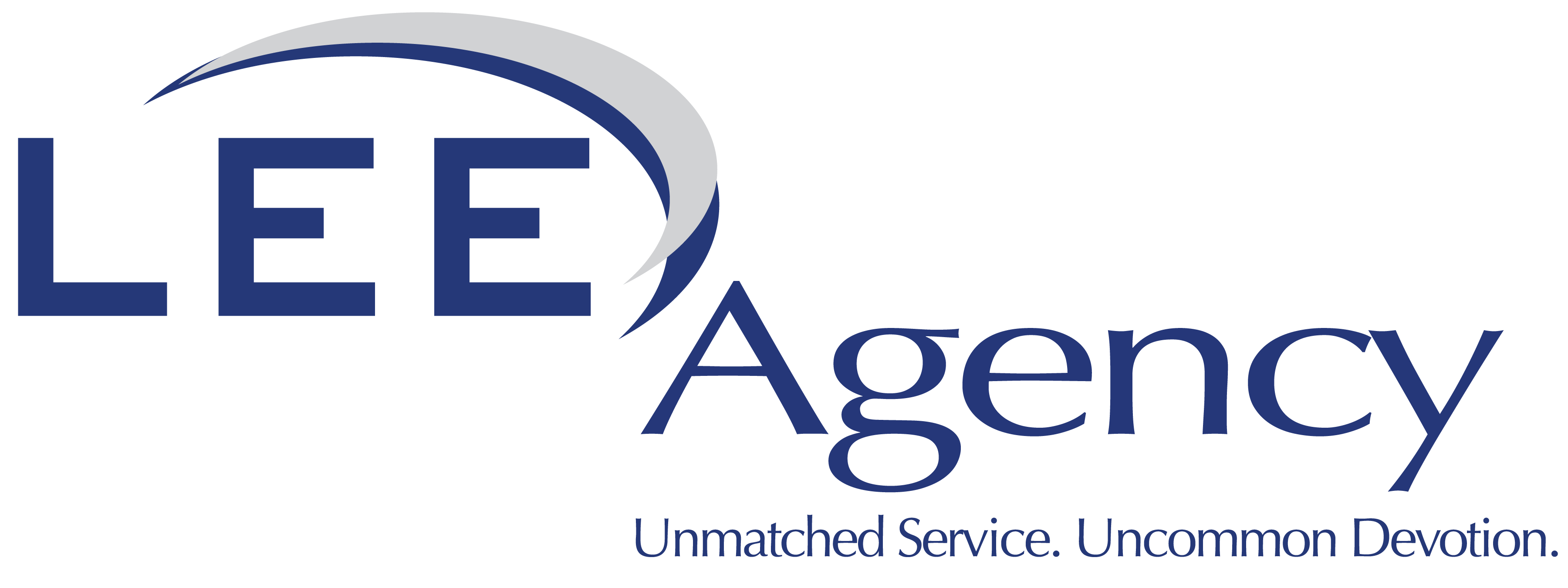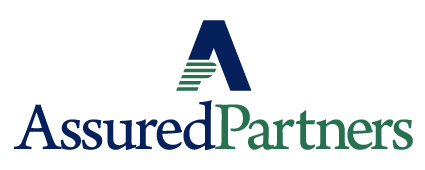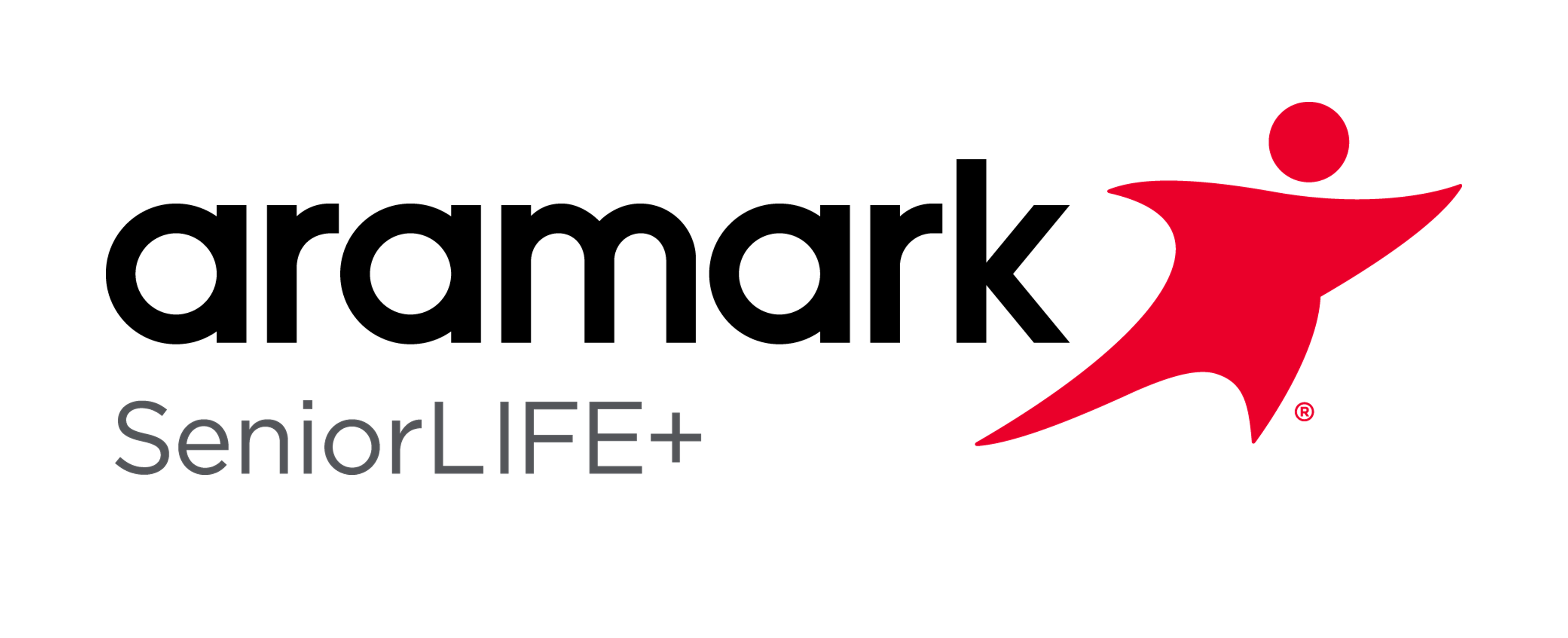|
Physical Environment Changes to the RoPs
According to the QSEP training and review of the advanced copy of Appendix PP the following revisions were noted to F919 Resident Call System.
The building must be adequately equipped to allow residents to call for staff assistance through a communication system which relays the call directly to a staff member or to a centralized staff work area from:
- Each resident’s bedside (which includes if a resident prefers to utilize alternate sleeping locations other than a bed, such as a chair) and
- Toileting and Bathing facilities.
The call lights should also be accessible to someone while laying on the floor in these locations (such as if a resident had a fall in the bathroom, the call light cord or device, should be accessible to them as they are laying on the floor.
The revisions also included that providers should have an adequate response in the event that the call light system malfunctions. Providers should include measures such as ensuring that each resident is able to utilize the back-up devices (such as bells) and that staff can hear the back-up devices. If, residents are unable to utilize such devices or staff are unable to adequately hear the resident alerting with the device, providers should have measures in place to increase supervision of residents until the system can be repaired.
- A best-practice recommendation for the call light system malfunctioning is to include in a drill, whether it be included in the annual full-scale drill that is required with the emergency preparedness regulations, or a separate drill to ensure that the plans for when the system has malfunctioned are adequate to meet residents’ needs.
What Should Members Do to Ensure Compliance?
- Physically assess each resident’s room to ensure that call lights are accessible to the resident’s preferred sleeping area such as the bed or the chair.
- Physically assess that each toileting and bathing facility has a long enough call light for the residents to use, including if they were laying on the floor.
- Review the policy and procedure for resident’s call lights and ensure that the information included in the revision is present in the policy.
- Review the Emergency Preparedness Plan to ensure that an alternative system has been identified if the current call system malfunctions, including an assessment of the resident’s capabilities in using the system and staff assessment of being able to adequately respond to the resident alerting with the device.
- Incorporate the alternative system into an emergency preparedness drill or conduct a drill separate of the emergency preparedness drill to ensure the alternate method for call light systems is adequate.
- Review any times that the system was down:
- How did staff identify that the system was down?
- Who was this reported to?
- What measures were taken to ensure resident’s needs were met while the system was down?
- Are there documents of repairing the system? (Including timely notification to a contractor and repair of the system).
LeadingAge also developed a Physical Environment Implementation Checklist for members to utilize to ensure that compliance is met by the October 24, 2022 date.
|
